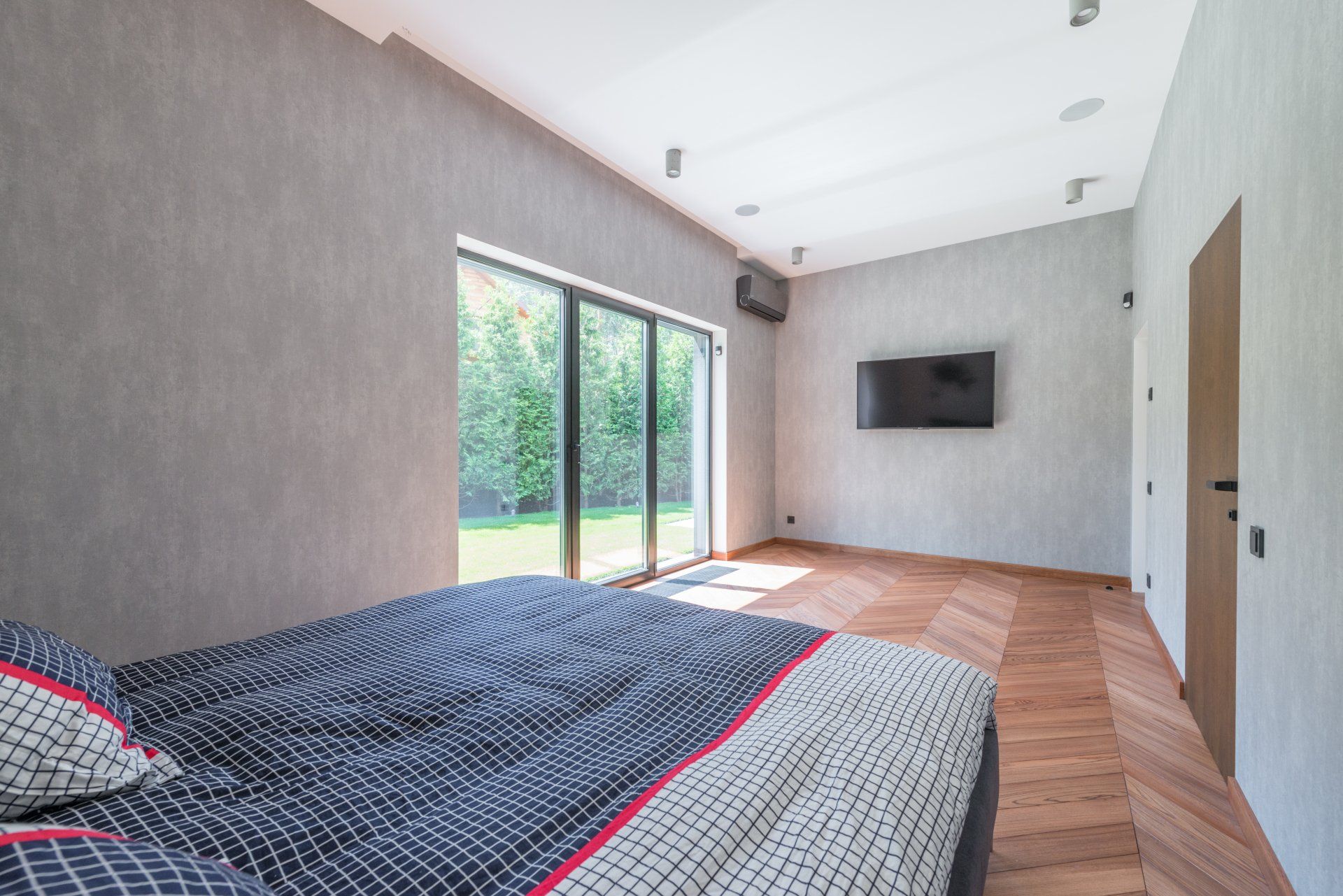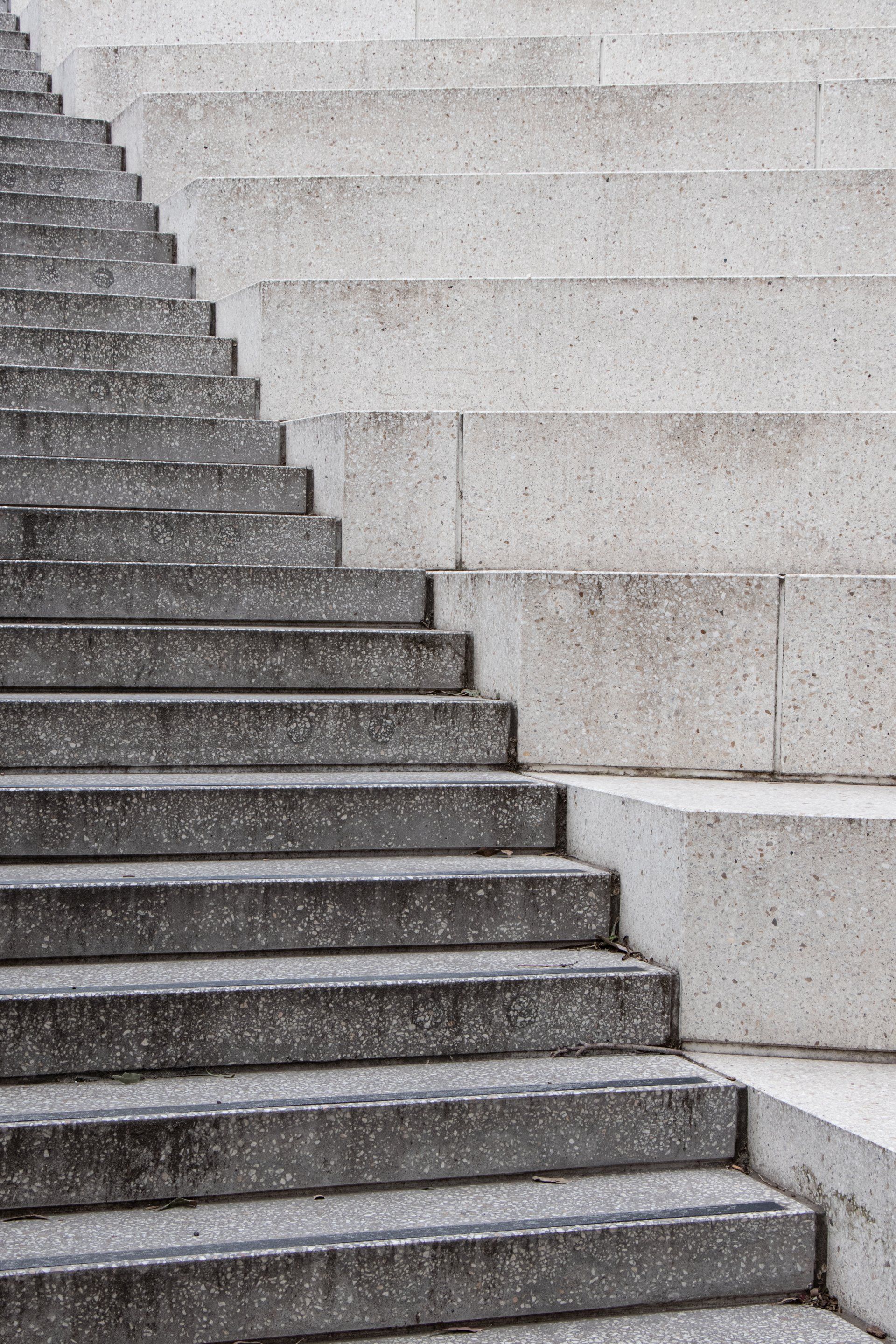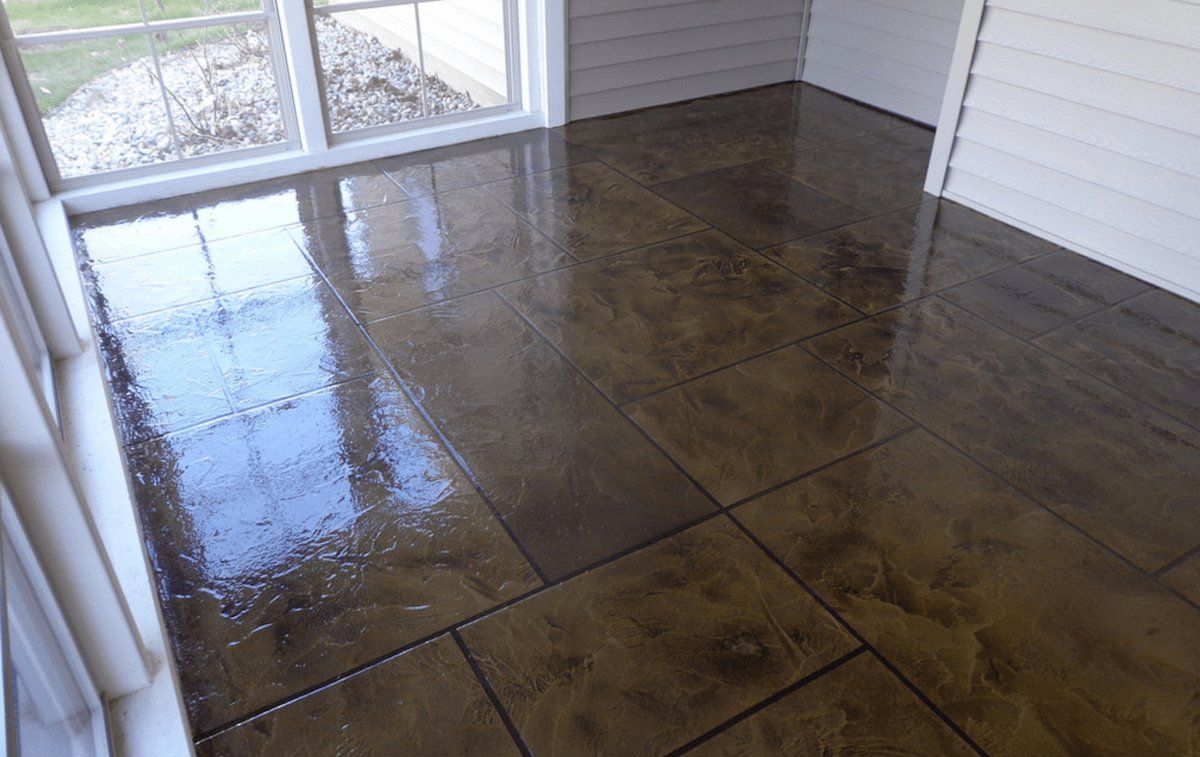The top 5 trends in concrete pool deck design
Get a versatile and popular material choice

Concrete pool decks offer durability, flexibility in design, and a wide range of customization options. If you're planning to create a stunning concrete pool deck in San Francisco, CA, it's essential to stay updated on the latest trends. In this blog post, we will explore the top five trends in concrete pool deck design, allowing you to create a stylish and functional outdoor space.
1. Stamped Concrete:
Stamped concrete is a trend that continues to gain popularity due to its ability to mimic various materials, including natural stone, brick, or wood. With stamped concrete, you can achieve the look of expensive materials at a fraction of the cost. This versatile technique allows for endless design possibilities, from intricate patterns to realistic textures. Stamped concrete pool decks can transform your outdoor space into a visually stunning and luxurious retreat.
2. Exposed Aggregate:
Exposed aggregate is another trend that adds a touch of elegance and texture to concrete pool decks. This technique involves revealing the aggregates within the concrete by removing the top layer. The exposed aggregates create a unique and visually appealing surface with various colors, shapes, and sizes. Not only does exposed aggregate provide a slip-resistant finish, but it also adds a beautiful tactile element to your pool deck design.
3. Integrated Seating and Lounge Areas:
Creating integrated seating and lounge areas within the pool deck design is a growing trend that enhances functionality and comfort. Instead of separate seating arrangements, consider incorporating built-in benches, sunken seating areas, or ledge lounges directly into the pool deck. These features provide convenient seating options for relaxation, entertaining, and enjoying the pool. Integrated seating and lounge areas also contribute to a cohesive and visually appealing design.
4. Decorative Borders and Insets:
Adding decorative borders and insets to your concrete pool deck can elevate the overall design and make a statement. By using contrasting colors, patterns, or textures, you can create visually striking borders that frame the pool area and define different zones within the deck. Decorative insets, such as mosaic tiles or engraved patterns, can also add a personalized touch and enhance the aesthetics of your pool deck.
5. Sustainable and Eco-Friendly Design:
Incorporating sustainable and eco-friendly elements into your pool deck design is a growing trend driven by environmental awareness. Opting for eco-friendly concrete materials, such as recycled aggregates or low-carbon footprint concrete, can contribute to a greener pool deck. Additionally, integrating sustainable features like permeable concrete pavers, rainwater harvesting systems, or native plants can enhance the environmental sustainability of your pool area in Daly City, Brisbane, Colma, South San Francisco, San Bruno, Pacifica.
Conclusion:
When designing a concrete pool deck in San Francisco, CA, staying up to date with the latest trends can help you create a visually appealing and functional outdoor space. Consider incorporating stamped concrete or exposed aggregate for a luxurious and textured finish. Explore integrated seating and lounge areas, decorative borders, and insets to add style and convenience. And don't forget to embrace sustainable and eco-friendly design practices for a greener pool deck.
For expert assistance with your concrete pool deck project, contact San Francisco Concrete at 650-409-9761. Our team of experienced concrete contractors in San Francisco, CA is ready to help you bring your pool deck vision to life.



